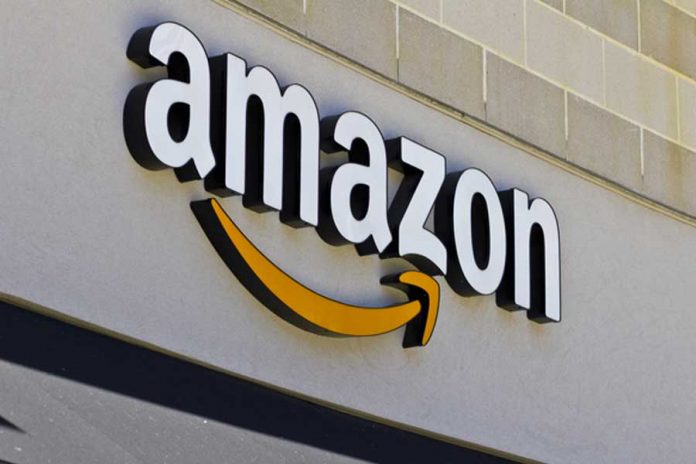In September of 2020, after months of speculation and reports that it was coming, Amazon launched Luxury Stores, its long-awaited answer to luxury brands’ steadfast refusal to sell on its core platform. Luxury Stores was built to be similar to Tmall’s wildly successful Luxury Pavilion, giving image-protective luxury brands their own discrete section of the online store to structure to their liking, and offering them and their shoppers a sense of exclusivity for the first time.
But the launch was considered by many to be underwhelming, particularly as it included a single brand, Oscar de la Renta. At the time, analysts told Glossy that Amazon may have overcorrected in its pursuit of offering luxury brands exclusivity, and that the apparent lack of interest from major luxury brands wasn’t a good sign. Six months later, Amazon has made some progress on launching new brands on Luxury Stores, but the selection remains without any big-name draws and its ultra-exclusive model is proving a detriment to growth. While Amazon has a habit of coming into a new business category strong, like the way its video streaming service has taken off in recent years, it’s clear that Luxury Stores hasn’t yet made the company a credible threat to other luxury-focused e-commerce players.
In the past six months, Amazon has added nine new brands to Luxury Stores: Roland Mouret, La Perla, Altuzarra, Clé de Peau, Car Shoe, RéVive Skincare, Mark Cross, The Conservatory and Elie Saab. Amazon supported several of the launches with dedicated marketing campaigns. It funded short fashion films for Roland Mouret and Altuzarra, which were hosted on Luxury Stores, as well as holiday gifting suites for Mark Cross and The Conservatory.
Amazon declined to give specific sales and audience growth numbers for Luxury Stores, and to make an executive available for comment. But a spokesperson for the company said Amazon has received positive feedback from the luxury brands that have already joined, most of which have expanded their product offerings on the platform since first joining via new collections or new categories. To date, its best-selling brands are Oscar de la Renta, RéVive, Car Shoe and La Perla, they said.
While several of Luxury Stores’ featured brands are well-known, Amazon has yet to snare a really high-profile, ultra-luxury brand, according to Elaine Kwon, co-founder of e-commerce firm Kwontified (and former Amazon employee).
“Someone like Gucci would have made a really good first impression for the platform, but without a brand like that, it’s hard to say what their goal is,” Kwon said. “It could be that they’re envisioning Luxury Stores as a smaller affair, for now. But I’m surprised that they don’t have a bigger brand yet.”
Notably, Luxury Pavilion, which Kwon said was an obvious model for Amazon in developing Luxury Stores, launched with several big names including Bottega Veneta and Valentino. Jose Neves, CEO of Farfetch, said in a Time interview in February that he didn’t deem Amazon a threat, particularly as none of the top luxury groups had embraced it.
Ulrik Garde Due, CEO of Mark Cross, said part of his motivation for joining the platform was to make use of Amazon’s two-day shipping and to “reach a larger audience.” Yet, according to Kwon, Luxury Stores’ ultra exclusivity is a barrier to the platform’s reach. It’s available to Amazon Prime members (of which there are more than 100 million) who receive an invite from the company. Amazon declined to state how many invites have been given out since launch and Garde Due declined to comment on this story. Additionally, Luxury Stores is only available through the mobile app and found in the “Programs and Features” section on the homepage.
“One of the most difficult obstacles that brands struggle with on Amazon is being found,” Kwon said. “You compete with billions of other listings that are constantly paying money through advertising and whatnot to try and have a better organic search ranking than you. When you combine that with a luxury store page that is purposely trying to isolate itself from that experience, how do they reconcile that? There has to be an easy permanent way on the homepage that lets customers discover and get to it. Without that connection, it’s being buried.”









